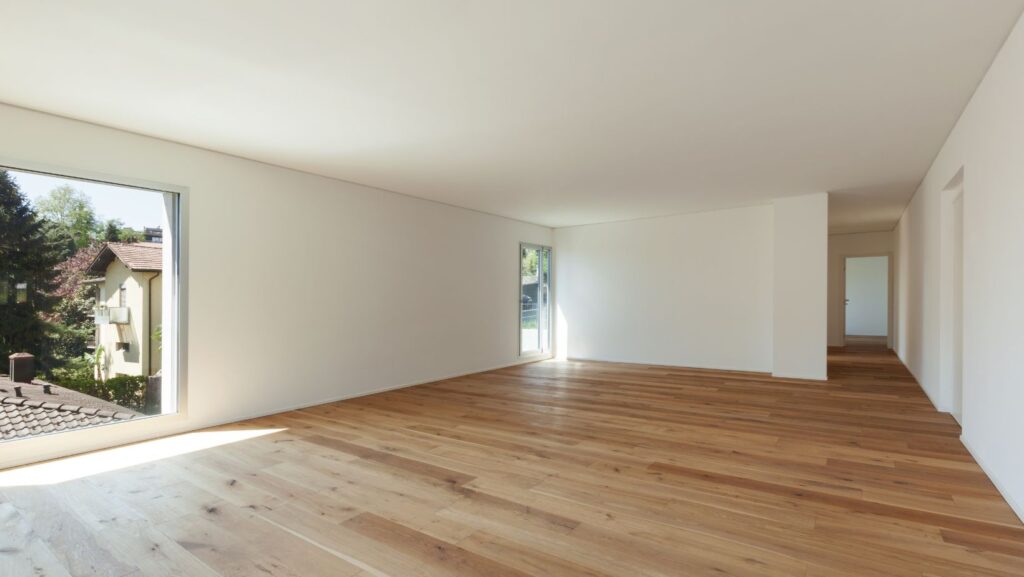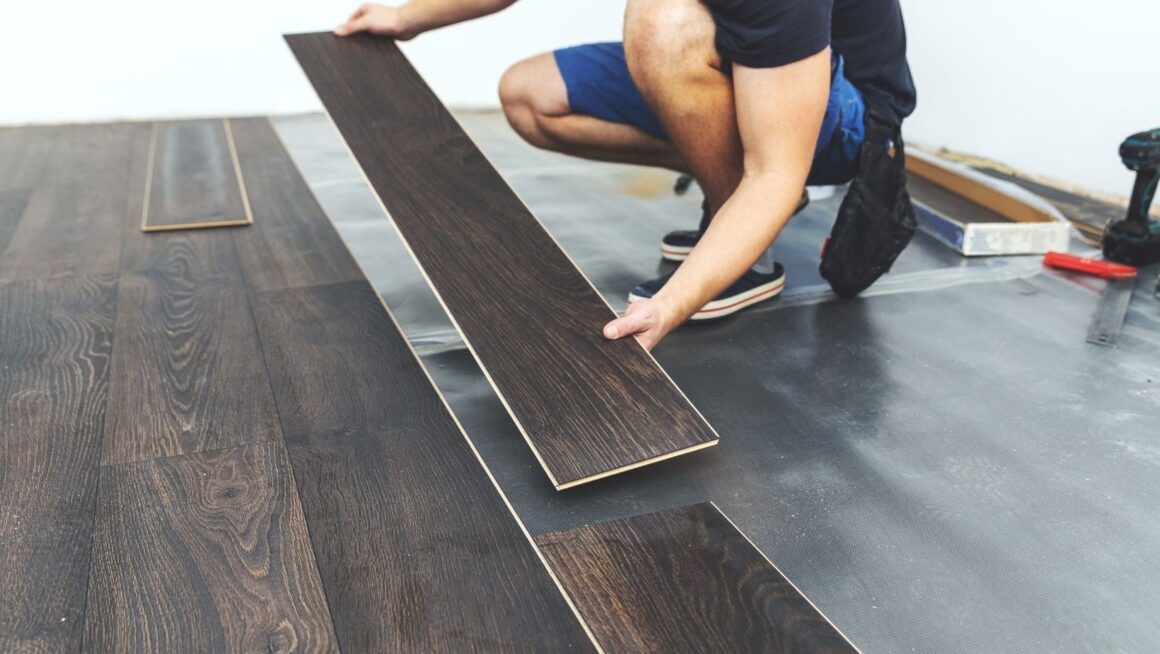
Open floor plans give the impression of a huge and interconnected house. However, it is the proper flooring that keeps everything together. Installing the floors in various rooms assists in bringing out a smooth, flowing flow. Should you wish to change things, stick to close tones or patterns and keep transitions light. Read on to understand how consistent flooring creates a connected home.
Why consistent flooring materials unify the home
A consistent floor produces a uniform visual flow. It eliminates clumsy room transitions and creates a perception of balance. It also simplifies the furniture decoration process. The floor becomes a neutral background for the design.
Laminate flooring across the living, dining, and hallway for a seamless effect
Having the same laminate flooring in your living room, dining room, and hallway gives the effect of continuity. It helps the spaces to integrate with each other. Installations around doorways and corners must, however, be made cautiously to keep that continuity.
In case you are working with busy areas, e.g., hallways, use a heavy laminate. In the case of the kitchen, you may apply waterproof laminates as additional protection..
Balancing visual warmth with durability
You can’t ignore the all-time favorite laminate wood flooring to create a natural warm and earthy look and feel, as it achieve the balance of comfort with longevity with no maintenance compared to real wood. Laminates are cozy and inviting and can be very hard-wearing if you choose the right rating. However, they are impervious to everyday usage and abuse. For high footfall or commercial areas, you will need to choose AC4 rating which can come at a higher costs but in residential homes you can get away with purchasing an AC3 laminate flooring which is suitable for most.
In places of heavy traffic, use harder and durable materials especially on your subfloor. For instance, corridors or doorways. This will minimize partial wear, leaving you with a home that is both welcoming and practical.
Transition trims and threshold tips
Select floor trims that are either similar in color or complementary to maintain a smooth appearance. Apply thresholds between flooring and door frames to guard edges and deter tripping. A clean installation will keep your home looking integrated and ensure the durability of high-traffic locations.
Real-life examples: cohesive colour palettes
Light colors (white oak, honey blonde): They lighten up small rooms and make them look bigger. But it becomes easier to spot dirt and marks.
Medium tones (greige, natural oak): These shades conceal pet hair and dust. They can be used with most styles.
Dark (walnut, charcoal): It has a warm and homely effect. But it requires proper lighting, which makes it easier to spot scratches.
Designer wisdom: continuity = calm
A continuity of the same material, going through the room to the other rooms, makes your eye flow across the spaces without any abrupt ending.

This is very calming and balanced. It removes visual clutter and helps your house look bigger and more relaxed. This helps establish an ambiance where one can comfortably relax.
Conclusion
There are definite benefits of using one flooring all over your house. It has a harmoniously blended look that makes a room seem larger and easier to decorate by utilizing the floor as a clean canvas. On the negative side, it can get monotonous when not differentiated in terms of tone or texture. Use uniformity and contrast to find a balance between. This will bring your home together without compromising functionality.












